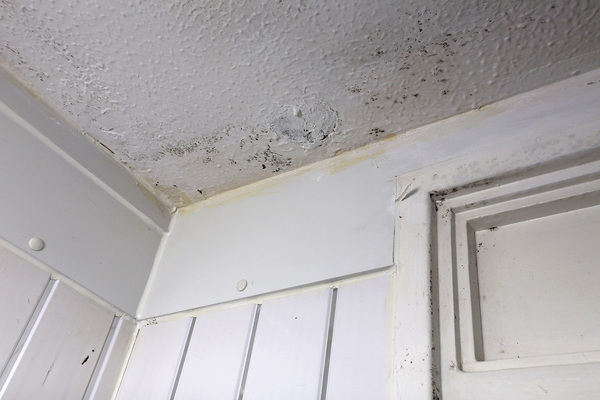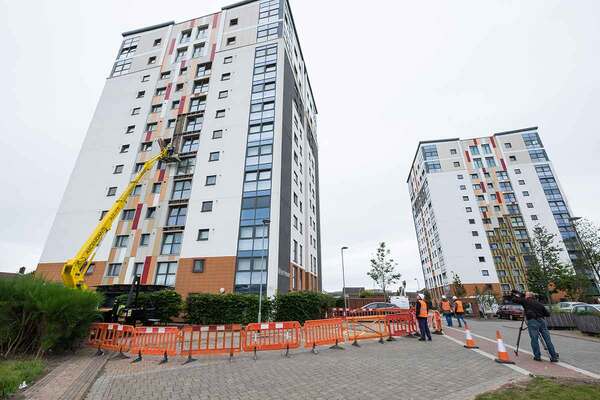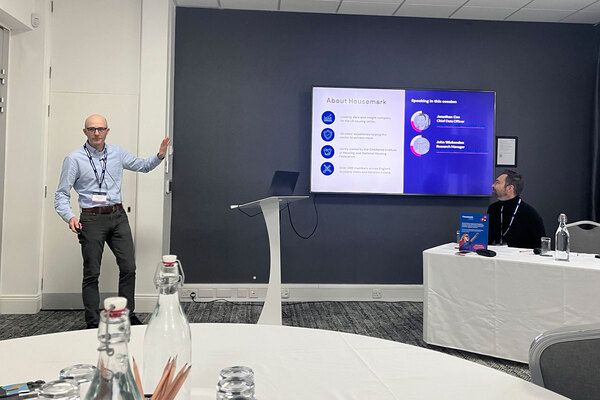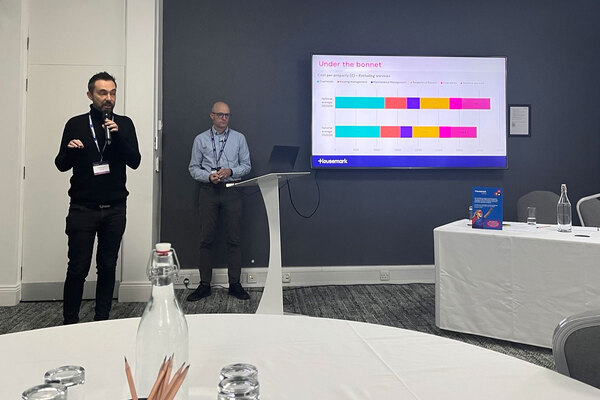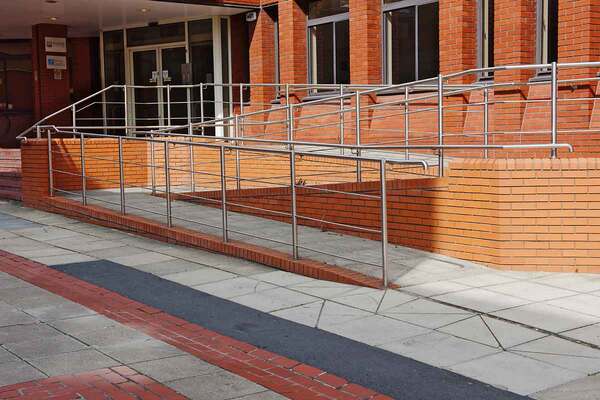A proactive approach to dealing with damp and mould
To tackle damp and mould effectively, landlords should tackle the underlying causes, while also engaging tenants and using the latest tech, say Dale Holroyd and Dr Andrew Smith from HealthyHomes
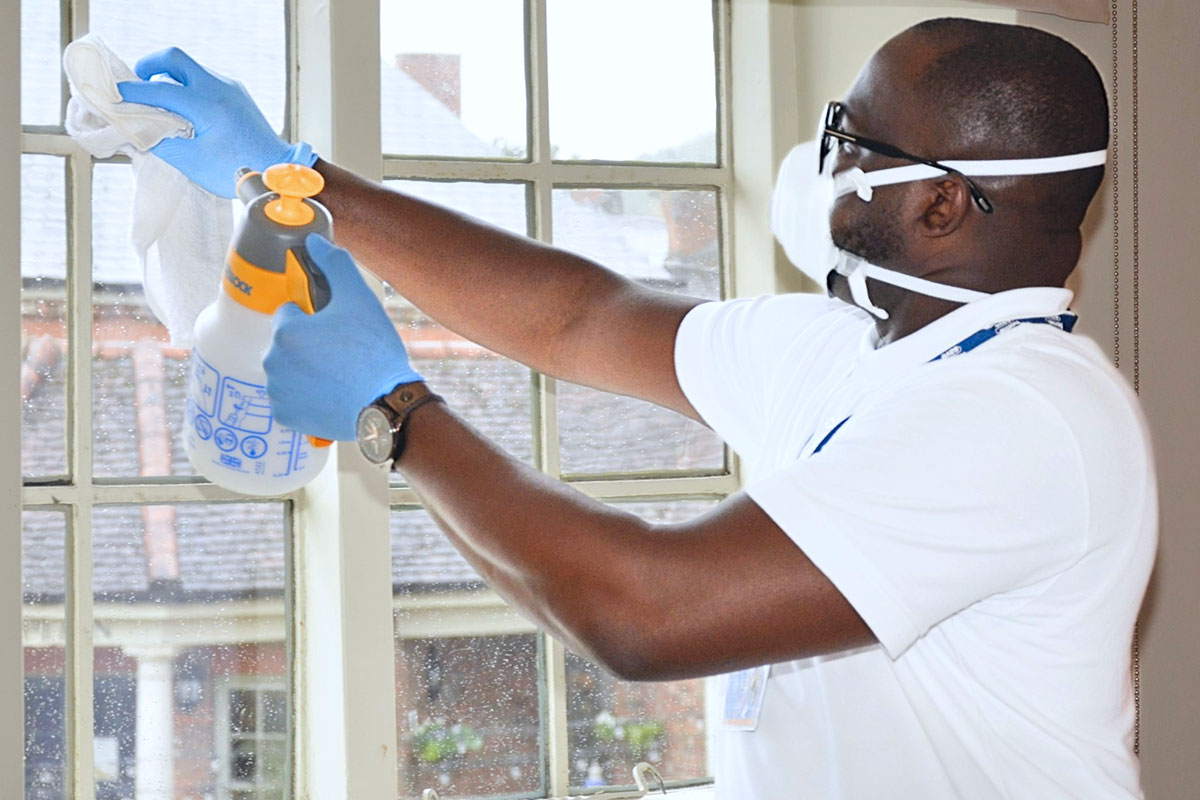
In association with:

With budgets and resources being squeezed to breaking point, there is a risk that housing associations might be taking a purely reactive approach to treating damp and mould in properties.
Inside Housing talks to Dr Andrew Smith and Dale Holroyd from HealthyHomes, a programme from energy efficiency company ZapCarbon working to ensure that residents’ homes are damp and mould-free.
They argue that a proactive, holistic approach involves tackling the underlying causes of the issue, which done correctly, breaks the cycle of reactive maintenance. For it to work properly, however, landlords will need to develop strong resident engagement programmes and intelligently deploy smart technologies.
How is damp and mould traditionally dealt with in social housing?
Dr Andrew Smith: With a sticking plaster approach. If a resident contacts a housing association to report a damp and mould problem, a member of the maintenance team will be sent out to look at it. However, unless the damage is catastrophic, there’s often little focus on solving the root cause. Housing associations will thus make multiple calls to the same properties, often attending year after year. It’s classic reactive maintenance.
What’s driving this reactive approach?
AS: A lot depends on the culture and metrics within a maintenance department. If it’s one of processing jobs as quickly as possible, then the focus is on a quick fix, and on to the next one. Some groups do focus on root cause remediation, but with damp and mould, it can be far more involved than, say, fixing a leaky tap. Unfortunately, short-term fixes only result in long-term costs because the underlying problem isn’t being solved, so the same money is spent over and over again, every year, on the same properties. In the long run, it’s far more cost-effective to be proactive about damp and mould.
Dale Holroyd: Housing associations have tended to take a siloed, rather than holistic, approach to damp and mould. In other words, they’re not accustomed to viewing the whole house as a living organism, which is influenced by its infrastructure, environment and residents. They’ve only concentrated on the symptoms at hand. And, typically, rather than being a specialist, the maintenance person who is sent out to the property will be the one who is geographically closest to it. Sending out the wrong person at the wrong time only compounds the problem, resulting in repeated call-outs, disjointed responses and, ultimately, dissatisfied residents. Thankfully, there is now a growing awareness in the sector that there are some practical and sustainable ways to get ahead of these challenges.
What does a proactive, holistic approach look like?
DH: We have a strong team of expert assessors who have two primary functions: to carry out thorough home assessments, and to engage with the residents themselves, helping them to take practical action. When dealing with a damp and mould issue as reported by a resident, the first thing we do is send out a specially trained surveyor to assess the property. In the run-up to this visit, we’ll contact other residents in the area or the apartment block by letter, text or phone to see if they are experiencing similar issues. If they are, the surveyor can visit all affected residents in one go, which avoids going backwards and forwards to the same places. This immediately saves a huge amount of time, effort and money. The surveyor will ask residents how they use the property and capture all relevant data from a structural, mechanical and energy perspective. They’ll do this on a tablet and relay the information back to the housing association.
AS: The surveyor will also give the property a health performance certificate, which effectively grades the scale of the problem. This allows a maintenance team to deal with potentially easy-to-solve cases – which could be as simple as optimising heating settings – before they turn into difficult-to-treat damp and mould issues running into thousands of pounds.
What form does resident engagement take, and how important is it for a proactive approach to damp and mould?
AS: It’s crucial, which is why our surveyors have excellent soft skills. They aren’t faceless people with clipboards and white coats. They’re individuals and many have or do live in social housing themselves. When they meet the resident for the first time, they assure them they’re only there to help. They’re there to work with the resident and share knowledge and ideas. It’s also vital to keep up dialogue with residents after the visit.
DH: There are three parts to resident engagement. First of all, address the concern that’s most important to the resident, be it mould on the walls or a leaking tap. Second, gain trust by adding value. We’ve done that by developing programmes which show residents how they can actively save money in their homes by, for example, changing the settings on their thermostat. And, third, help residents understand the best ways to manage their properties, since many will be unaware of activities at home that can reduce mould risk.
When should resident engagement take place?
DH: Major repairs must take priority over everything else – you can’t educate a resident about ventilation when water is dripping down their kitchen walls. That has to be sorted out first. Repairs have to be carried out to the regulator’s requirements and any mould has to be removed as soon as possible. Once that’s accomplished, resident engagement can begin.
How should housing associations best manage data from damp and mould repairs?
AS: We’ve developed a software system that stores all data about a property and its repairs in one place. This includes introductory contact with the resident; all information collected by the surveyor on the first visit and follow-up visit; all photos taken; and all support calls made and text messages sent. It’s important for resident engagement because it helps housing associations map the whole process, develop trust with the resident and monitor the progression of repairs.
Can smart technology be used for damp and mould prevention?
DH: It is important not to over-burden residents with technology, but it can play a helpful role in preventing damp and mould. Our surveyors ask residents if they would like a sensor installed in their property. These are low-cost, battery-operated monitoring devices that don’t require wi-fi, and measure whether temperature and relative humidity are approaching mould-forming levels. If these levels are reached, an alert is sent to asset managers – the resident doesn’t have to do anything – and action can be taken. It allows housing associations to keep an eye on all of their properties and spot warning signs before they grow into big, costly problems.
Sign up for our daily newsletter
Already have an account? Click here to manage your newsletters
